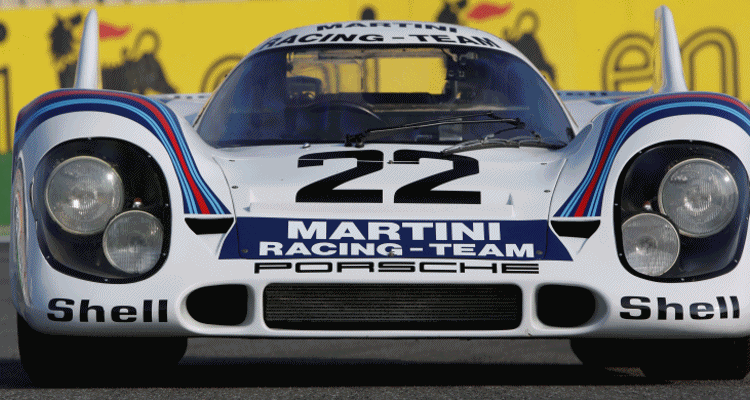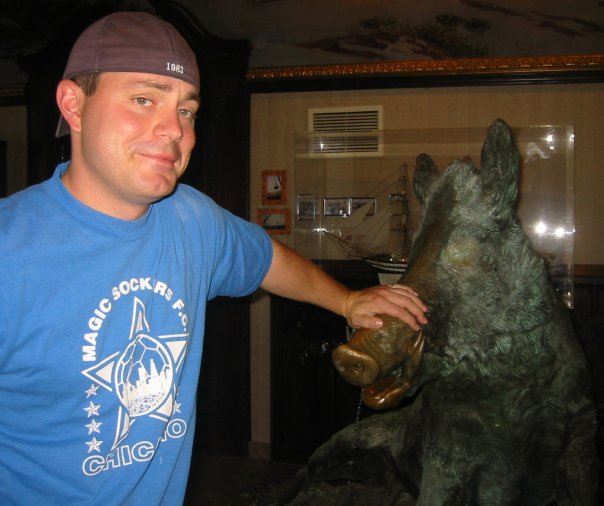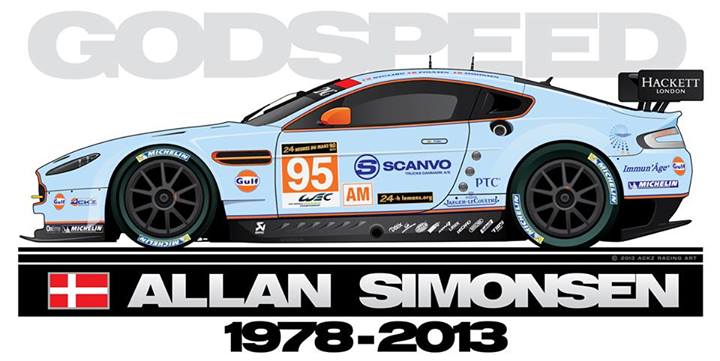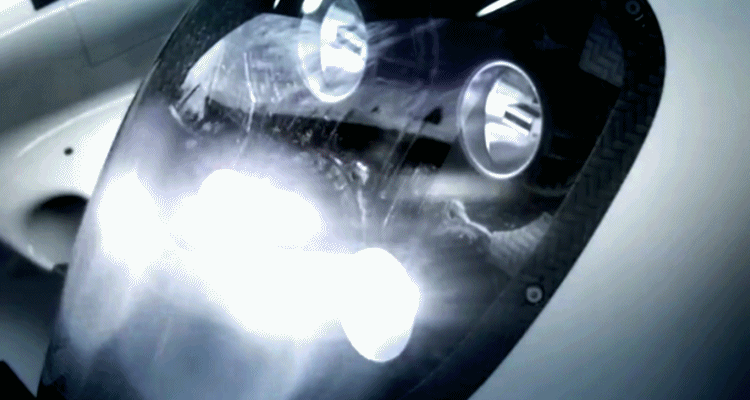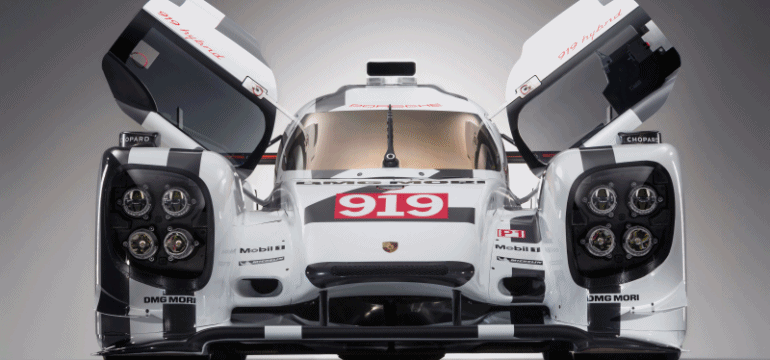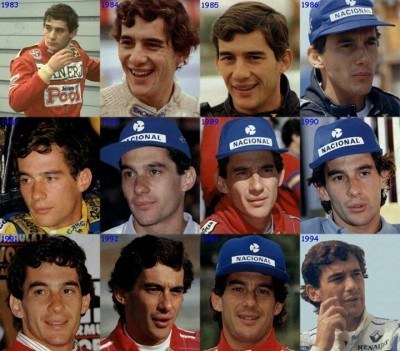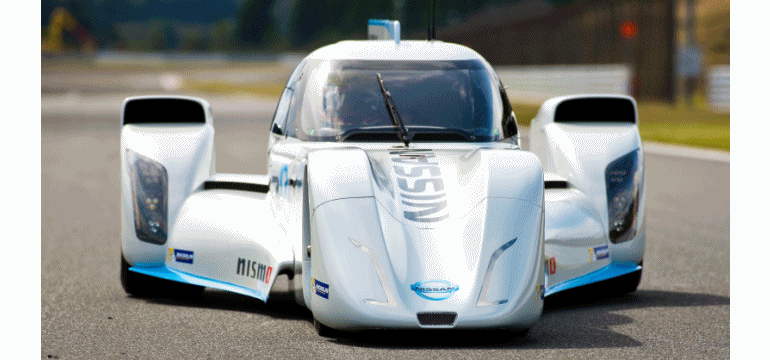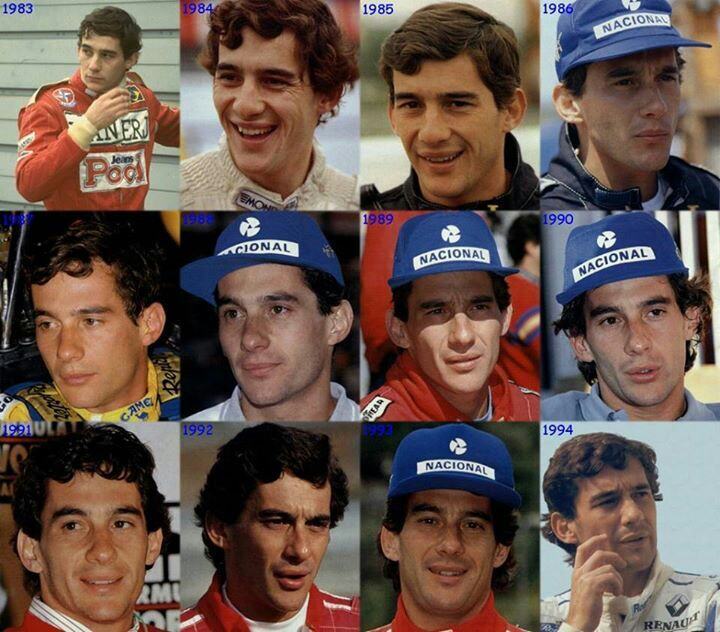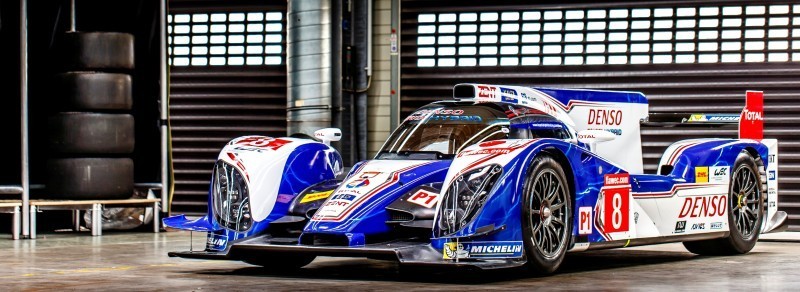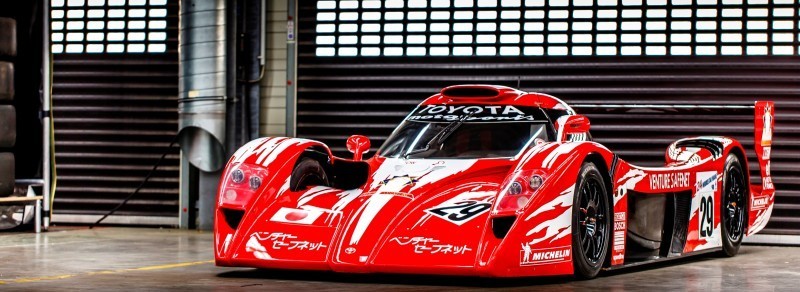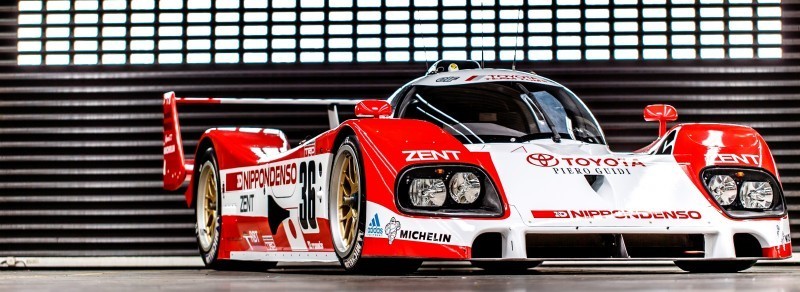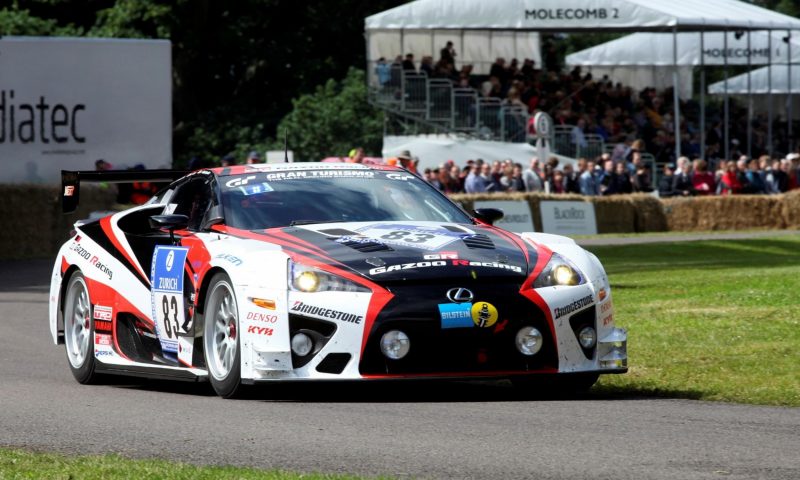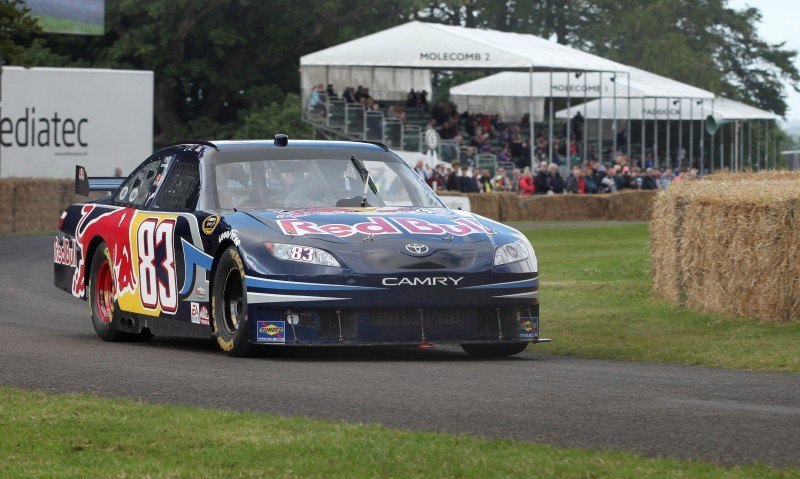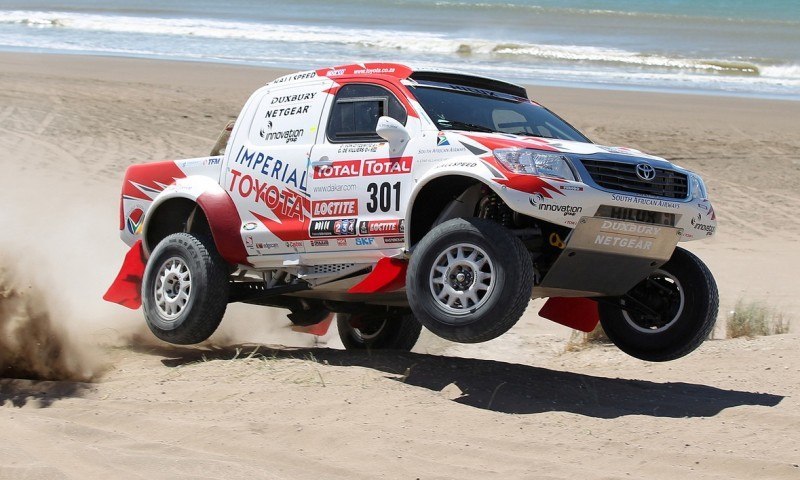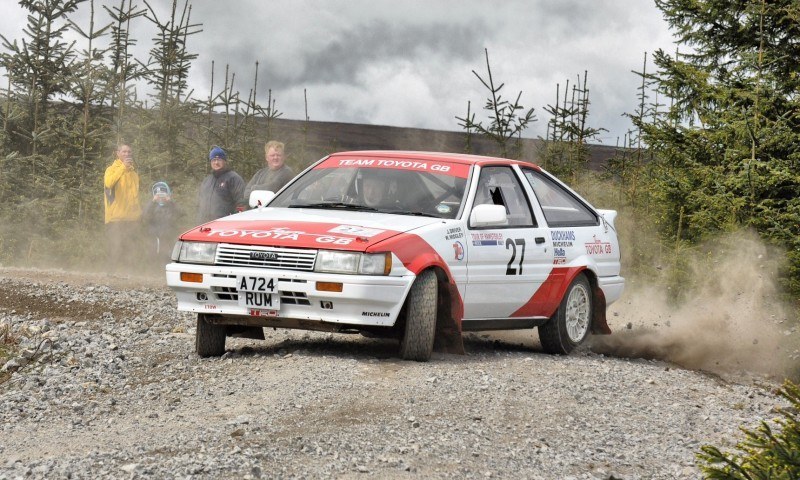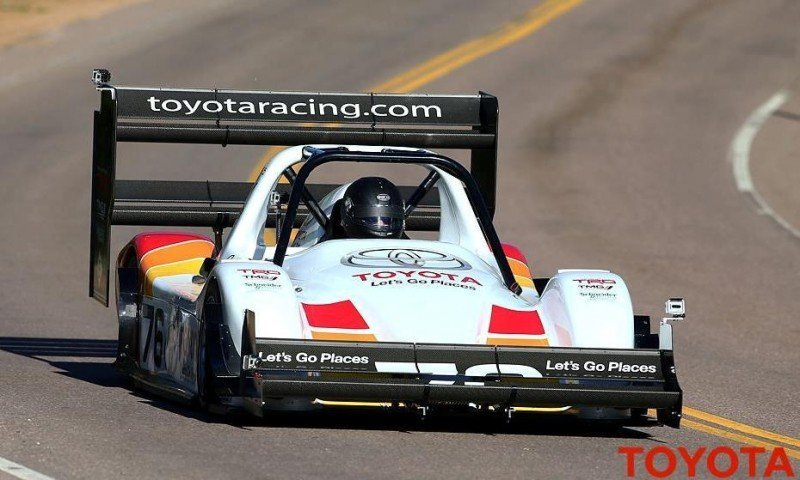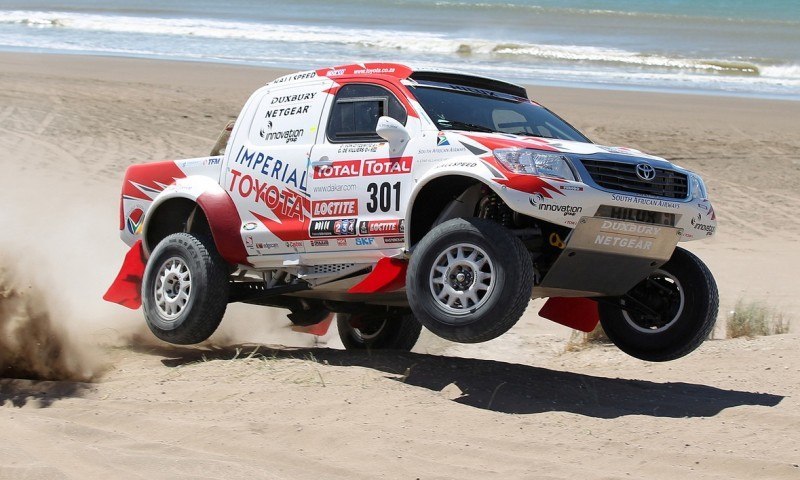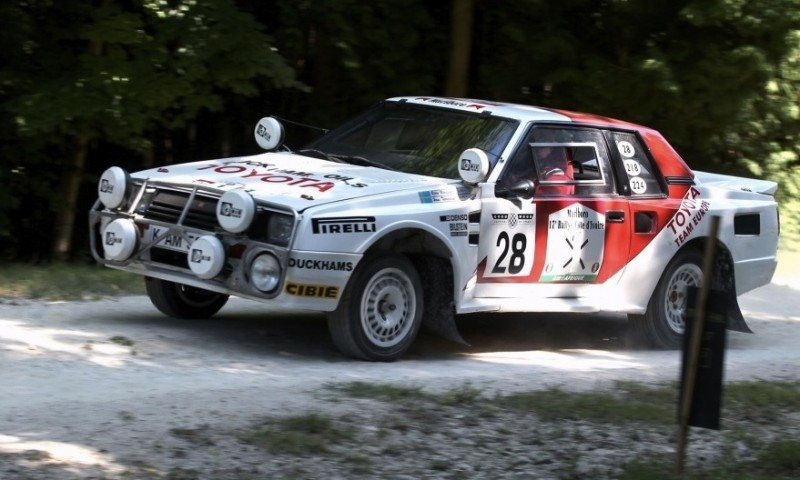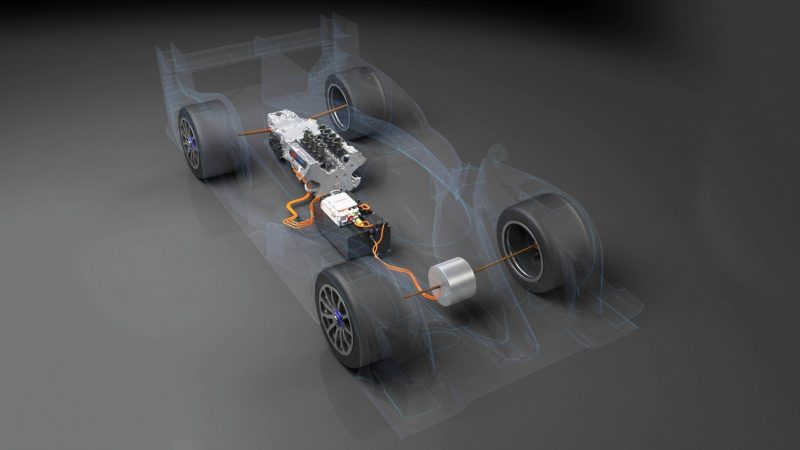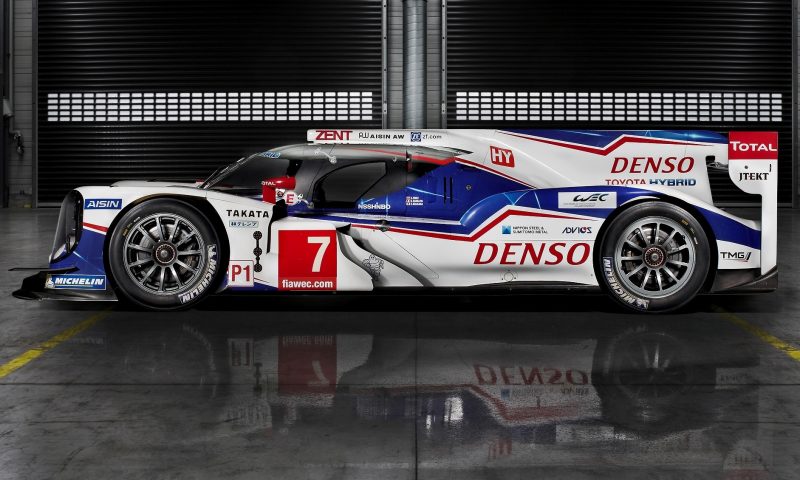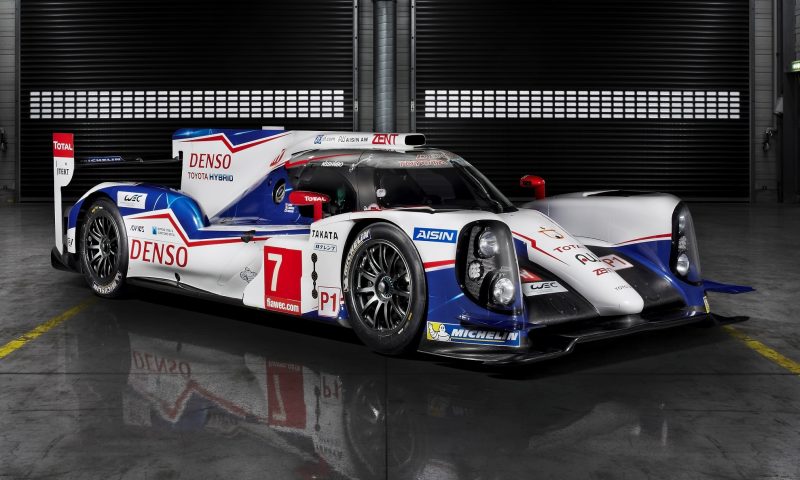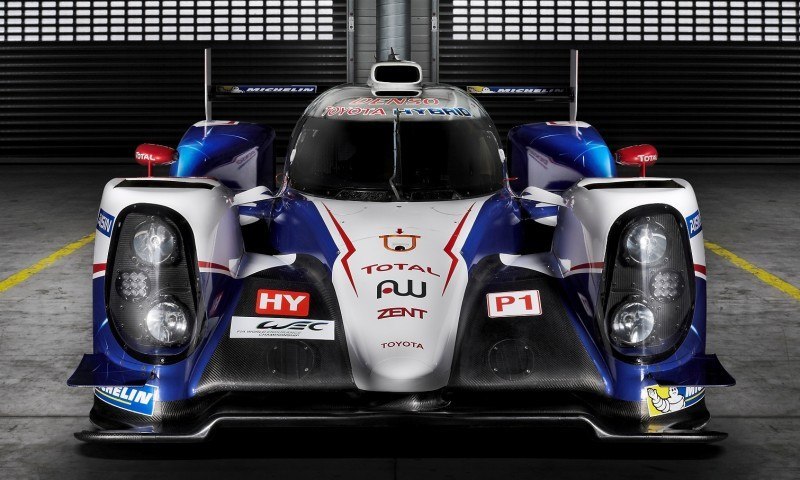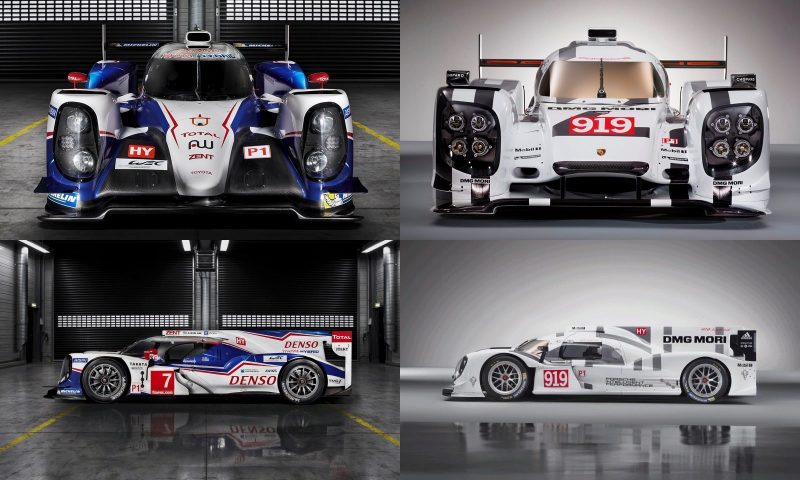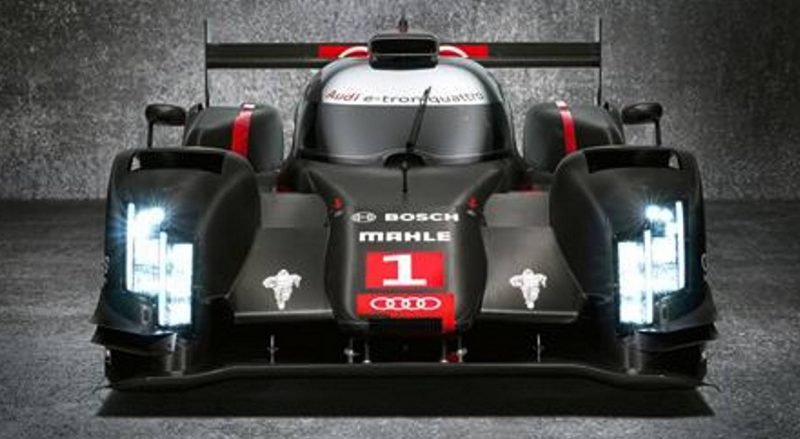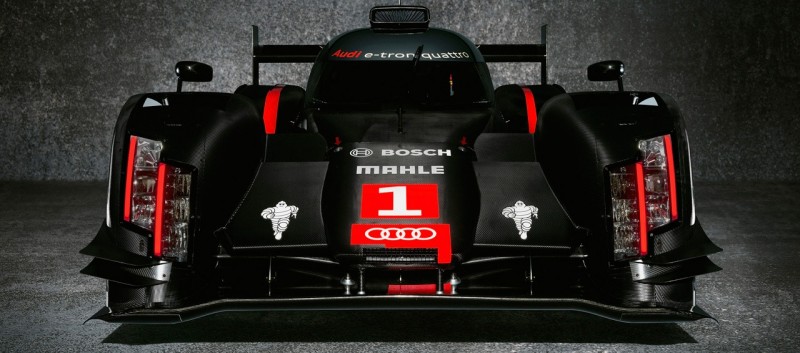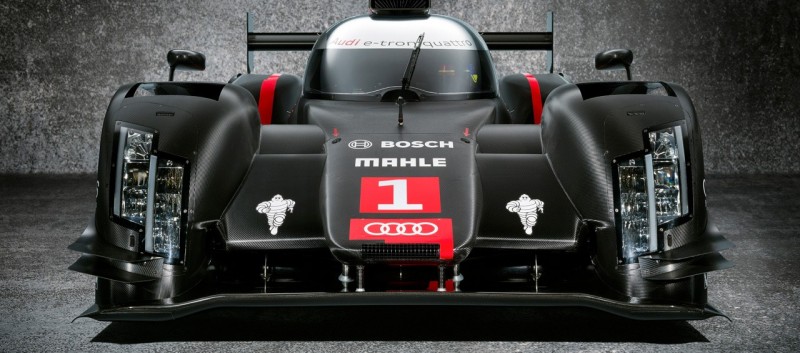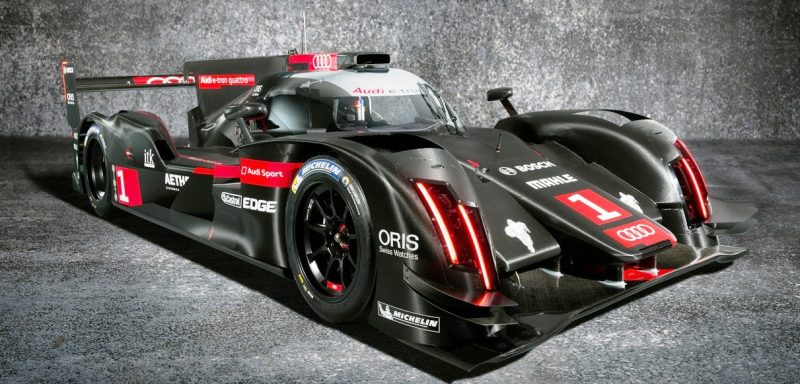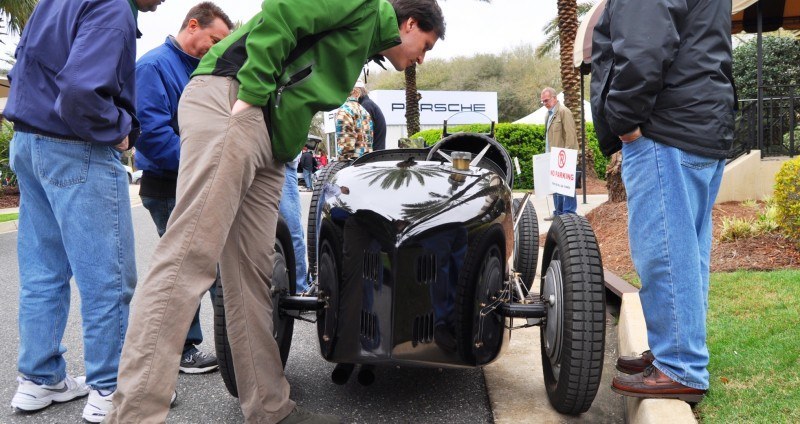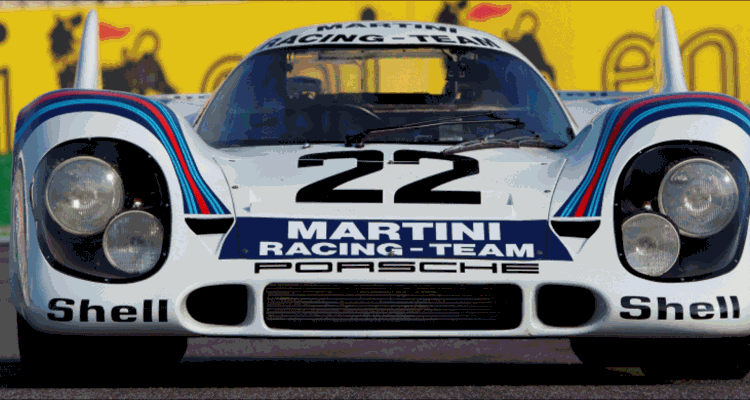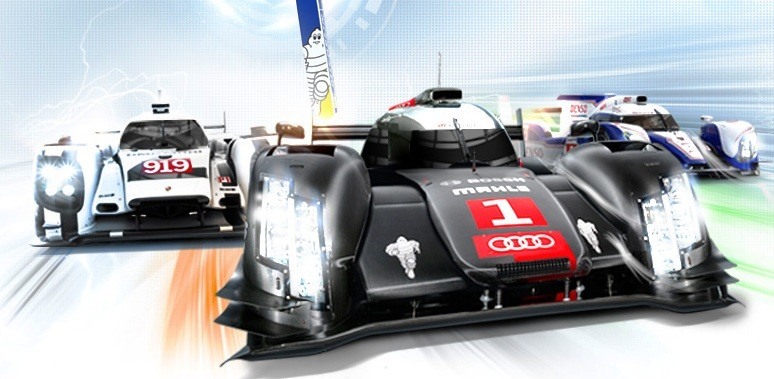By: Special Contributor Chris May
Established Race Tracks: Are they Safe Anymore?
It’s a loaded question that I have been wrestling with over the past couple of weeks. So you might ask, ‘Why is this on your mind, bit of a random thought?’
Well, the genesis of the thought process started last year when the racing community lost Allan Simonsen tragically at Le Mans.
I, just like many other racing fans, was glued to the TV as we watched the historical event unfold and the tragic cloud that fell upon the race with 23 hours left on the clock. Like many other fans, the incident drove home the importance of driver safety on a multitude of levels.
Of course, with time, the attention to detail and investment in reviewing my safety measures slipped away and I was again like many other weekend warriors, in a routine.
A quick “pre-flight check” and I was off to the track. But they key statement here is I was reviewing the safety of MY car. I did not even think to question the safety measures at place at the race track. Why would you, right?
I am sure there is some sort of department of safety that reviews these places, similar to department of health visiting McDonalds, right?
So now, back to my question, are established racetracks in this country safe anymore? After some thought and reviewing track maps, I could only come to the unfortunate answer of: NO.
Now before you start spurting out facts about how safe the sport is, please hear me out. Every sport has inherent danger. Racing, just like other extreme sports have a steep risk/benefit curve involved, I get it because I play the game as well. Part of the allure to both drivers and fans is witnessing this ballet unfold in front of them. The adrenaline of taking a chance with the risk of it not paying off is addictive.
So, if racetracks are not safe, how do I think this happened?
Here are 3 influences that I have brought me to this conclusion:
-
Sanctioning bodies looking for an easy fix
-
Track design, age, and lack of reinvestment
-
Minimal push from promoters and teams to improve on-track safety
When a problem arises I often find that a group or individual will look for an easy or quick way out of a problem which might not 100% address the problem, but put a patch, small fix or a good PR spin on the issue. The same could be said for racing sanctioning bodies over the years.
In my opinion sanctioning bodies took the path of least resistance when it came to driver safety. The quick fix was to put rules in place to put pressure on teams and individuals to make the cars safer yet faster.
Faster cars = more fans and safer cars = less negative press, which both equal to more revenue for all parties involved.
Yet there is a problem with this methodology and I feel it is starting to show up more frequently on the race track.
The push and focus on car-centered safety has created a void in overall driver safety. As machines have become faster, sanctioning bodies have realized that they have had to take larger steps on the inside of the car to protect drivers. New technologies over the years have saved lives and I am the first to applaud the steps the sport takes on a yearly basis to address this need.
SNELL, HANS, Simpson, Bell and countless other foundations and companies have made strides in this arena that have saved lives and that is awesome. But in-car safety can only do so much for a driver and that is why point #2 and #3 is the crux of our issue and why I argue there is a lack of safe tracks in the U.S.
Let’s face it, tracks like Road America (RA) have great heritage but were not designed to handle speeds we see now. The 1st race at RA in 1955 featured a winning average lap speed of 80 mph on a 14 turn, 4 mile track. Now you see upwards of 80 + mph speeds going through various corners of the track where there is limited to no run-off available.
The designers of the track in the 50’s never imagined or planned for our cars to be able to attain such speeds let alone think of safety measures. The 1st safety barriers at RA consisted of hay bales if that is any indication of where safety fell on the totem pole.
What we have is the evolution of race cars over the years that now produce speed and performance well beyond the original design and safety protocols of the track it races on.
Track facility management teams have over time done their over version of patching by putting in barriers, gravel pits, retaining fences and tire walls to help slow down potential impacts. Yet most of these technologies are older and new methods of safety are available to track owners.
SAFER barriers are a great example of a product that checks all the boxes when it comes to a safety product. It is effective, non-obtrusive and cost efficient when compared to alternatives. It is a product that has changed the landscape in driver safety to the point that NASCAR has implemented them on their tracks.
So if a product like the SAFER barrier is effective in minimizing driver injury, why haven’t more tracks reinvested in safety and installed this product? I understand that there are balance sheets to maintain for ownership, but I am sure a small increase in fee can be swallowed by consumers if they see the track being reinvested in for the sake of safety.
The third part of this issue that concerns me is what appears on the surface to be a lack of push back from promoters or race teams when it comes to on-track safety. Why we don’t hear IMSA throwing its weight around like FIA is a little confusing at times.
A perfect example of how a sanctioning body can use its influence to create a safe atmosphere on track is Circuit of the Americas (COTA). F1 racing is not huge in the U.S. yet if the owners of COTA wanted to have F1 race at their track, it had to be designed a certain way with certain safety designs at play.
If you have seen the layout of the track, you know the massive run-off space on this track. F1 over the years has learned that if they want to see a product on the track that is safe as well as entertaining, they need to use their weight to make the track owners listen.
IMSA by no means is as large as FIA, but they do have marquee events that draw national media coverage like the 24 hrs of Daytona or 12 Hours of Sebring. Why IMSA would not use this opportunity to push for safety upgrades at tracks like installing SAFER barriers or installing gravel pits on corners is a little odd to me.
If not IMSA, why not the race teams and drivers? If drivers know where there is beyond acceptable risk on a track, why wouldn’t they lobby to IMSA or the facility to get it changed? All it would take is a few teams pulling out of an event for an organizer to pay attention. Could you imagine if Porsche N.A. and BMW Motorsport did not race at Sebring because they felt the track was unsafe? Changes would be instant.
Ed’s Note: Imola certainly became corsa-non-grata after Ayrton Senna’s untimely demise there.
At some point in time the racing community will have to address the issue of aging racetracks and upgrading the level of safety on-track. Some track ownership is starting to understand this and have elected to make changes to the tracks in efforts to improve the driving experience and safety. Let’s hope this trend continues.
I recently came across a foundation that I was truly impressed with and I highly suggest you take a look. The non-profit organization is named the Motorsport Safety Foundation (www.motorsport-safety.org). This site will open your eyes to how old some of the safety features tracks have and what you can do to help make a change. Of course you can also “Like” them on Facebook as well.
By: Special Contributor Chris May
The WEC 2014 LeMans season starts April 20th at Silverstone.
By: Special Contributor Chris May

Tom Burkart is the founder and managing editor of Car-Revs-Daily.com, an innovative and rapidly-expanding automotive news magazine.
He holds a Journalism JBA degree from the University of Wisconsin – Madison. Tom currently resides in Charleston, South Carolina with his two amazing dogs, Drake and Tank.
Mr. Burkart is available for all questions and concerns by email Tom(at)car-revs-daily.com.

